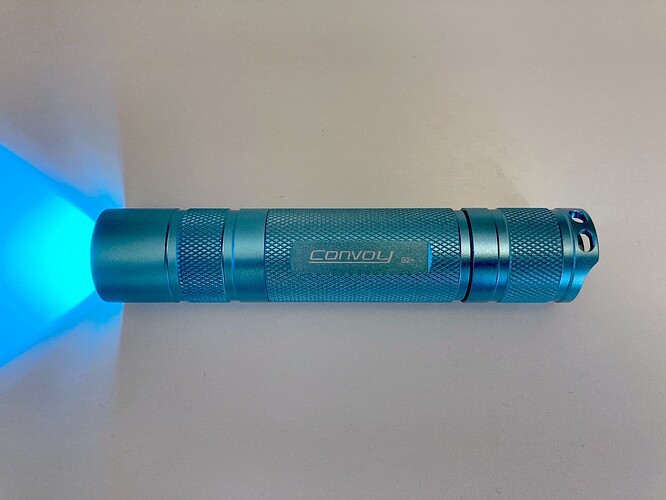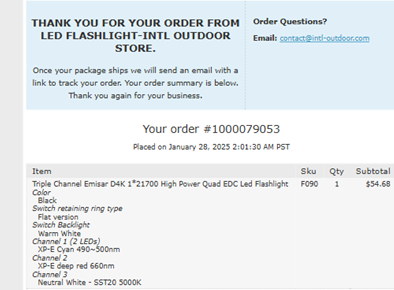Disclaimer: I wrote the following content as a hobby and am not responsible for any possible legal or medical risks.
“200Kcd/m2” is a strange spec for me, because it doesn’t seem to be a direct property of the light, like lm(lumen) and cd(candela). It’s more like an observed luminance property of the light source (LED emitter) behind the lens inside the light. It probably doesn’t represent the luminance of the observed flashlight itself, because if it does. Multiplying by the approximate area of a usual flashlight lens (r=10mm) yields a light intensity of roughly 62.8cd, which is very harsh to the eye at close range.
Considering the use in eye check, this spec seems to limit the brightness not being too high.
To prevent the brightness from being too high, the best thing to do is to record the Lx value that the product (if your friend, coworker owns it) gets from shining the lux meter (a phone app might work as well) at a certain distance, and adjust your flashlight to output a similar value as well.
If the above is not available, you may need to know some more info, such as the emitter produced Lm. According to the variant of the luminance formula Lm=Luminance* SolidAngle * Area, the LED light-emitting solid angle is often about 2Pi. The “Area” actually needs to know the refractive index of the XPE emitter dome and the chip area, but those are actually unknown, I assume the chip area is 3.38mm2 based on the emitter dome R = 1.3mm, and the refractive index is guessed to be 1.5 since this is common.
lm = 200k * (2*3.14) * ((3.38*1.5)/1000k) , the result is about 6.36 lm. For reference XPE blue a certain bin is 45.7lm at 350mA, if you want 6.36lm you need to control the current at roughly 48mA.
Actually, up to this point, the effect of the lens hasn’t been taken into account, because that product isn’t marked with info about the lens. But it doesn’t matter, a lot of the data above is hypothetical and rough anyway, and it’s not like your flashlight can really control the current that accurately. So, just try not to make it too bright.




